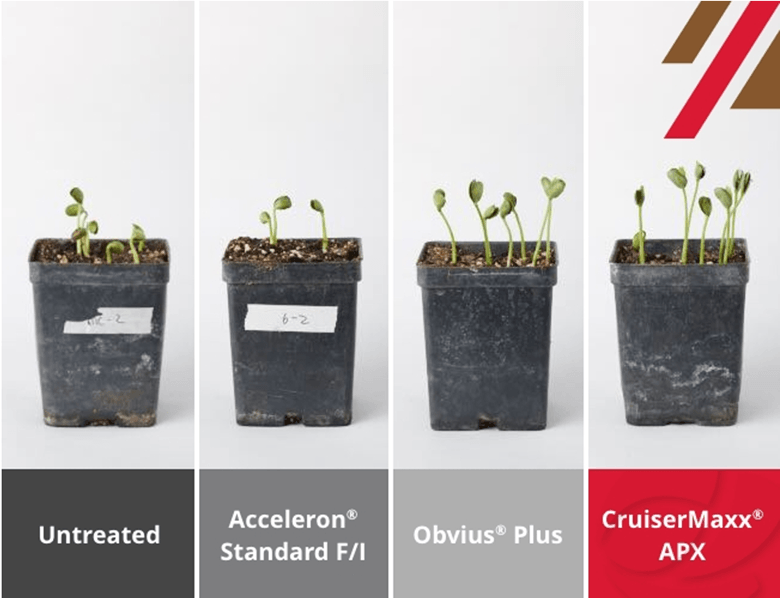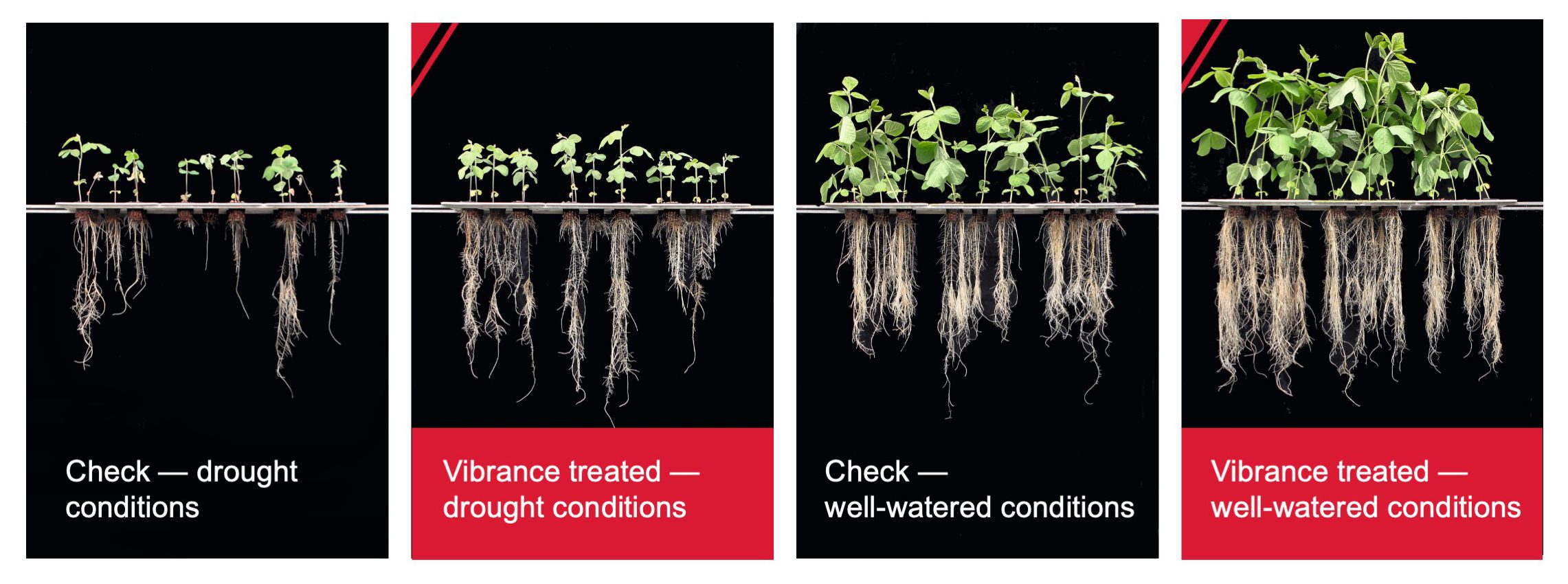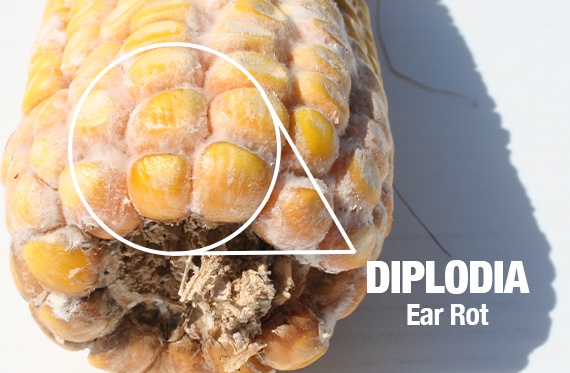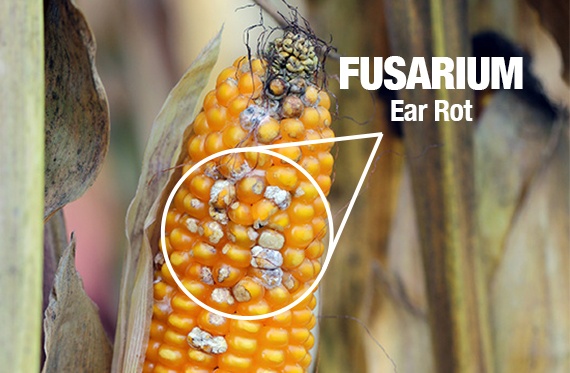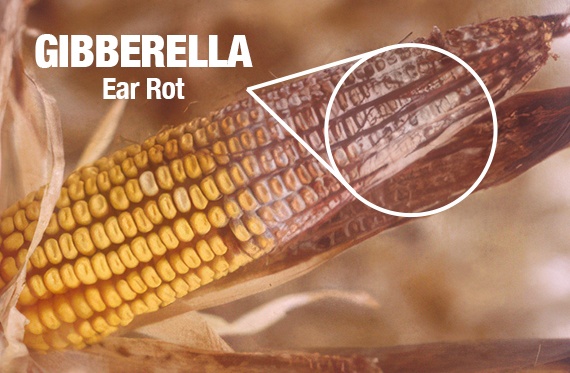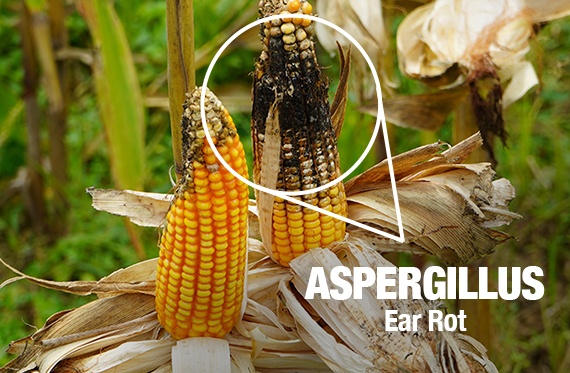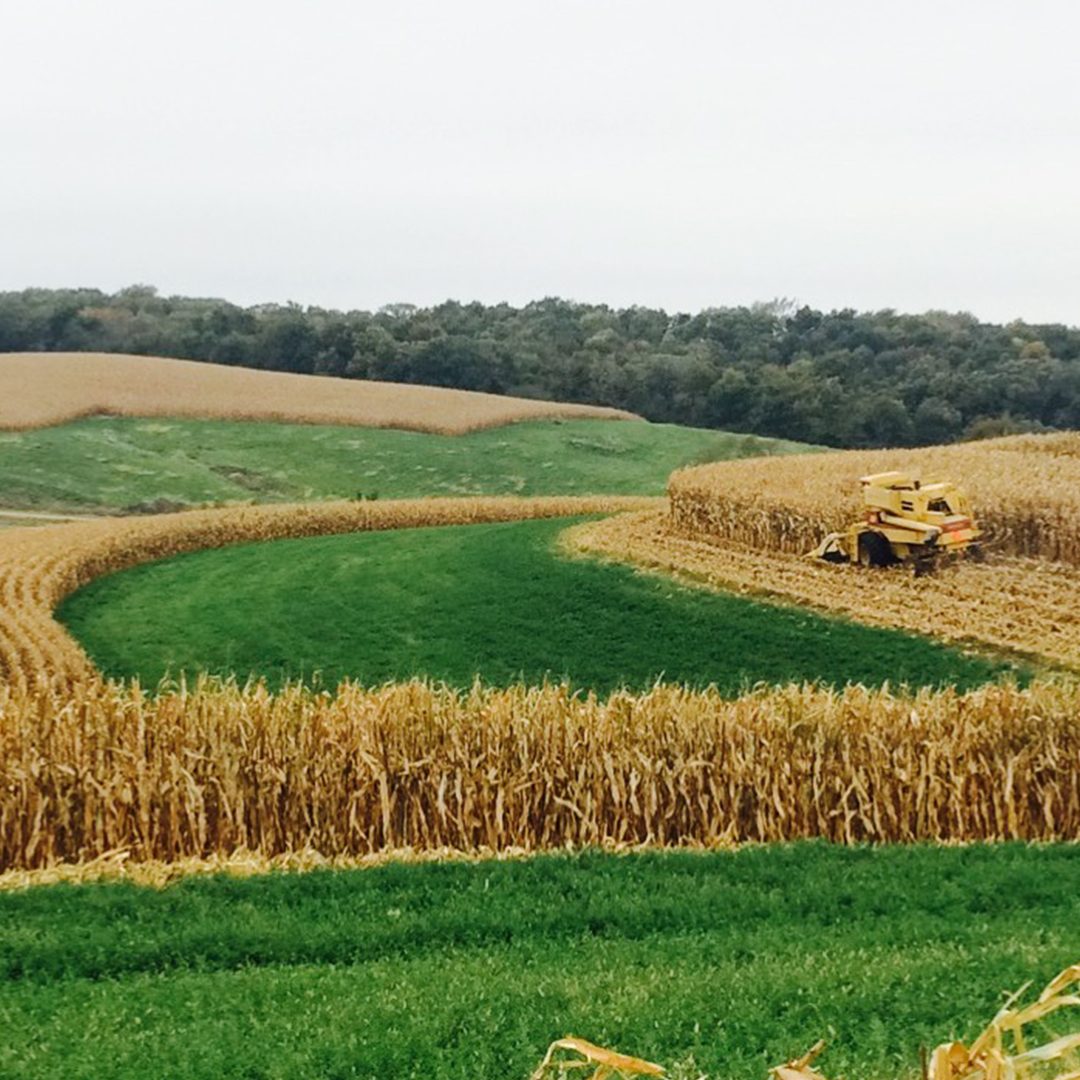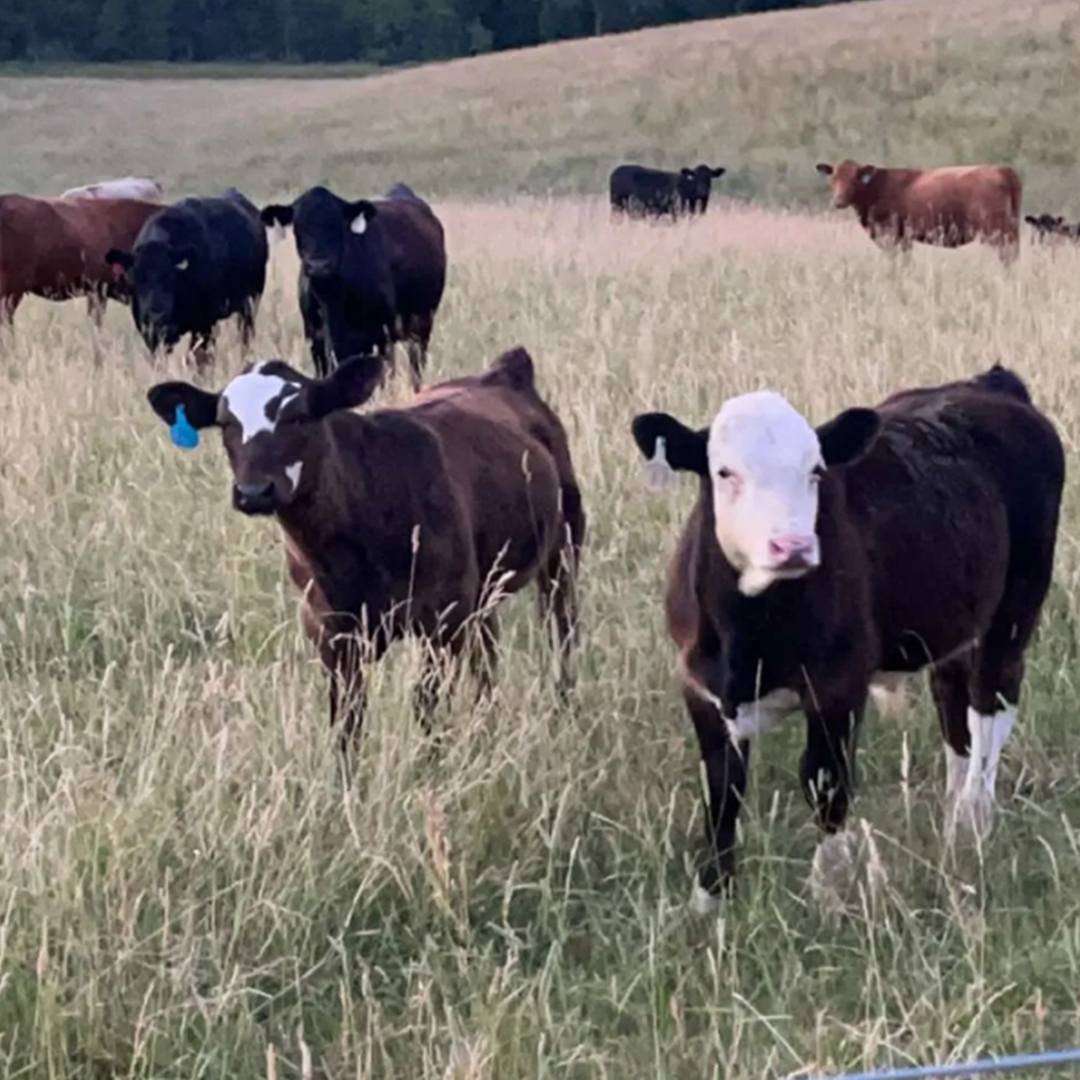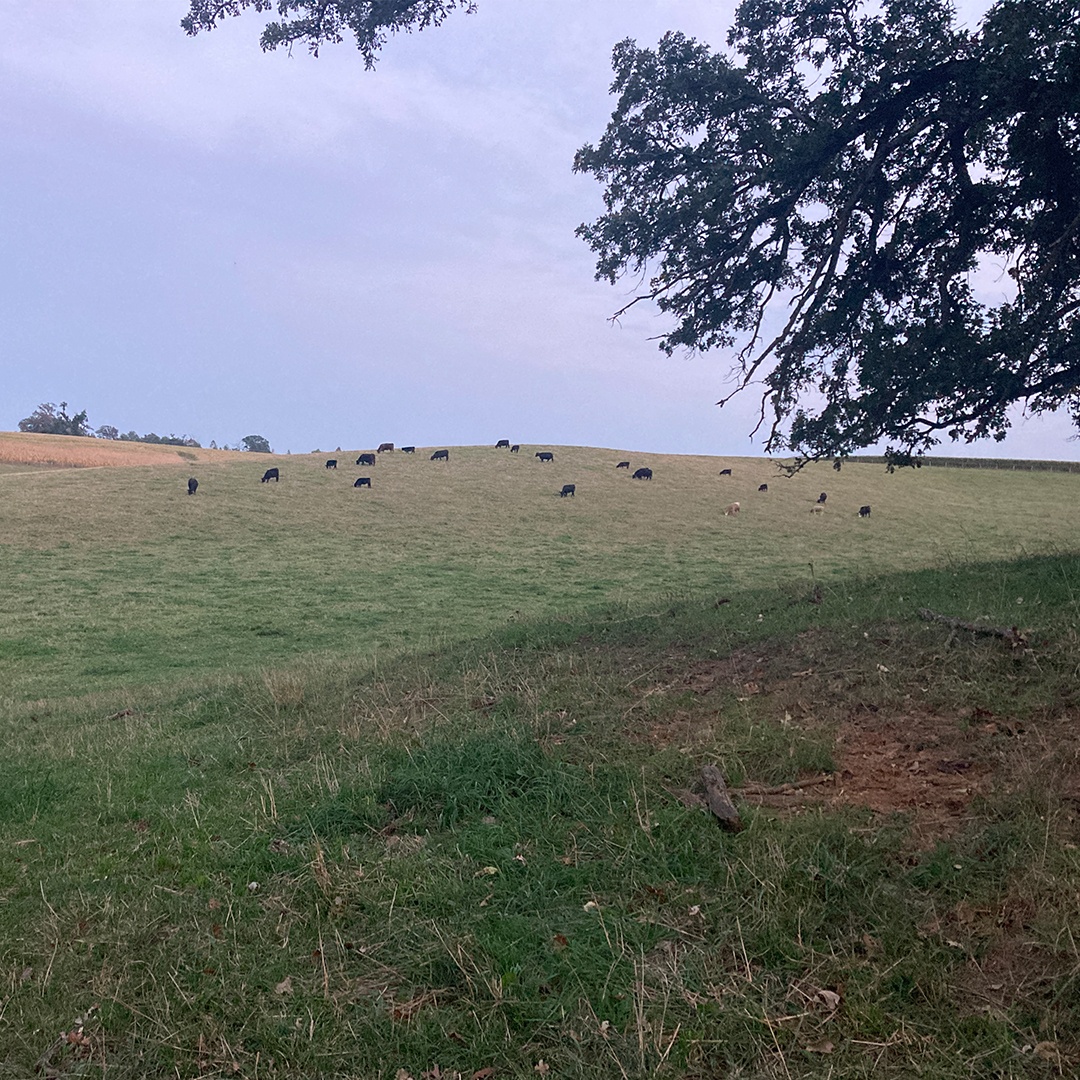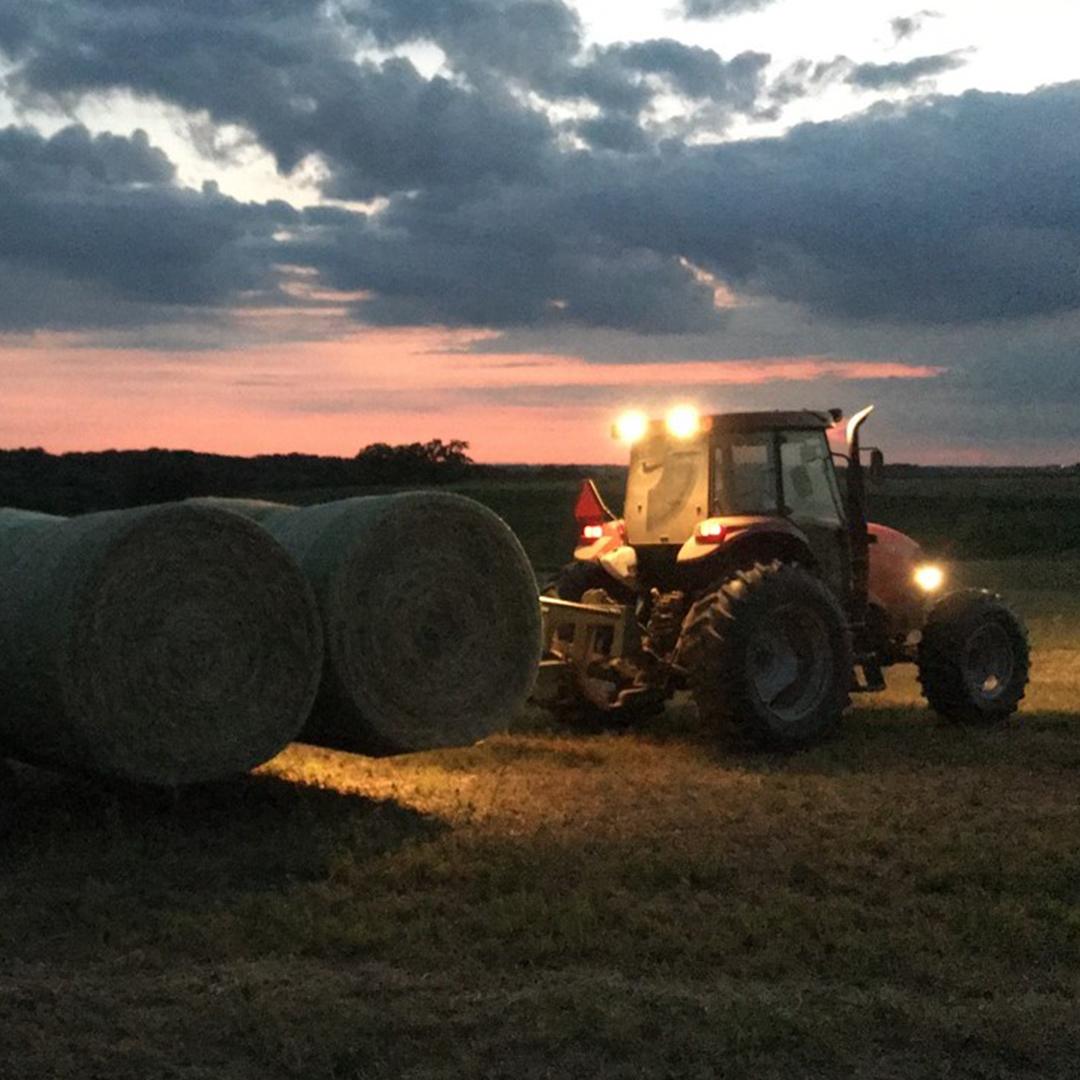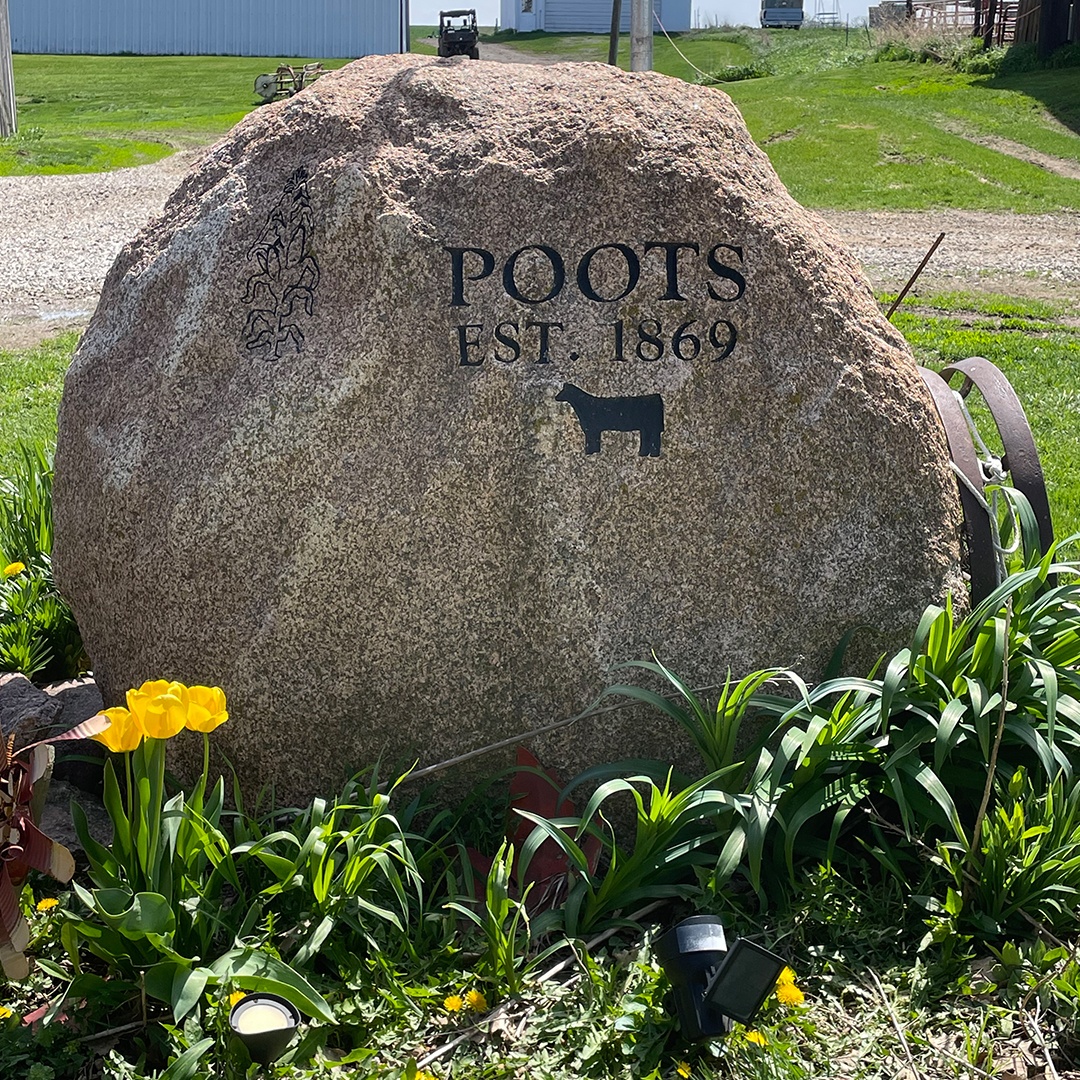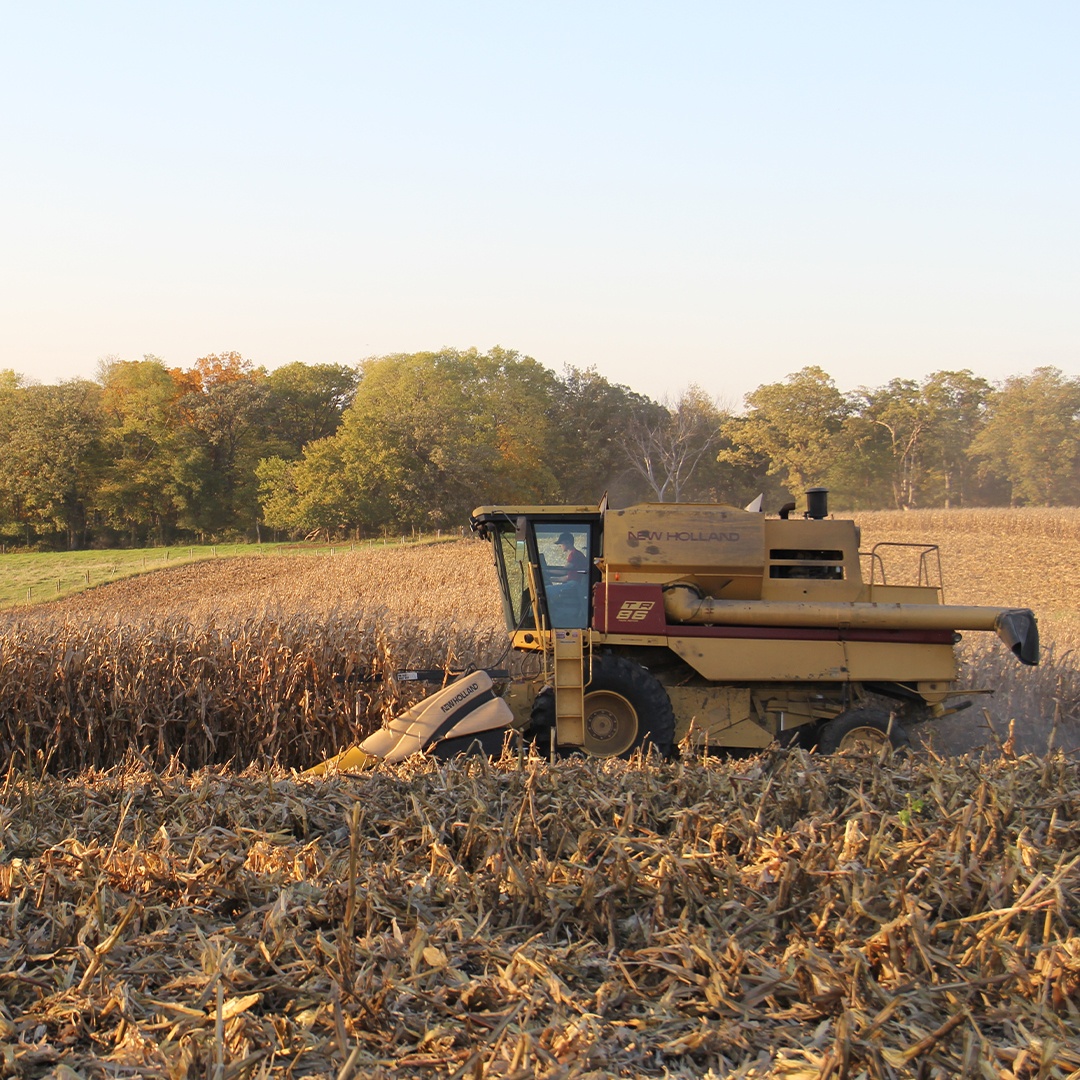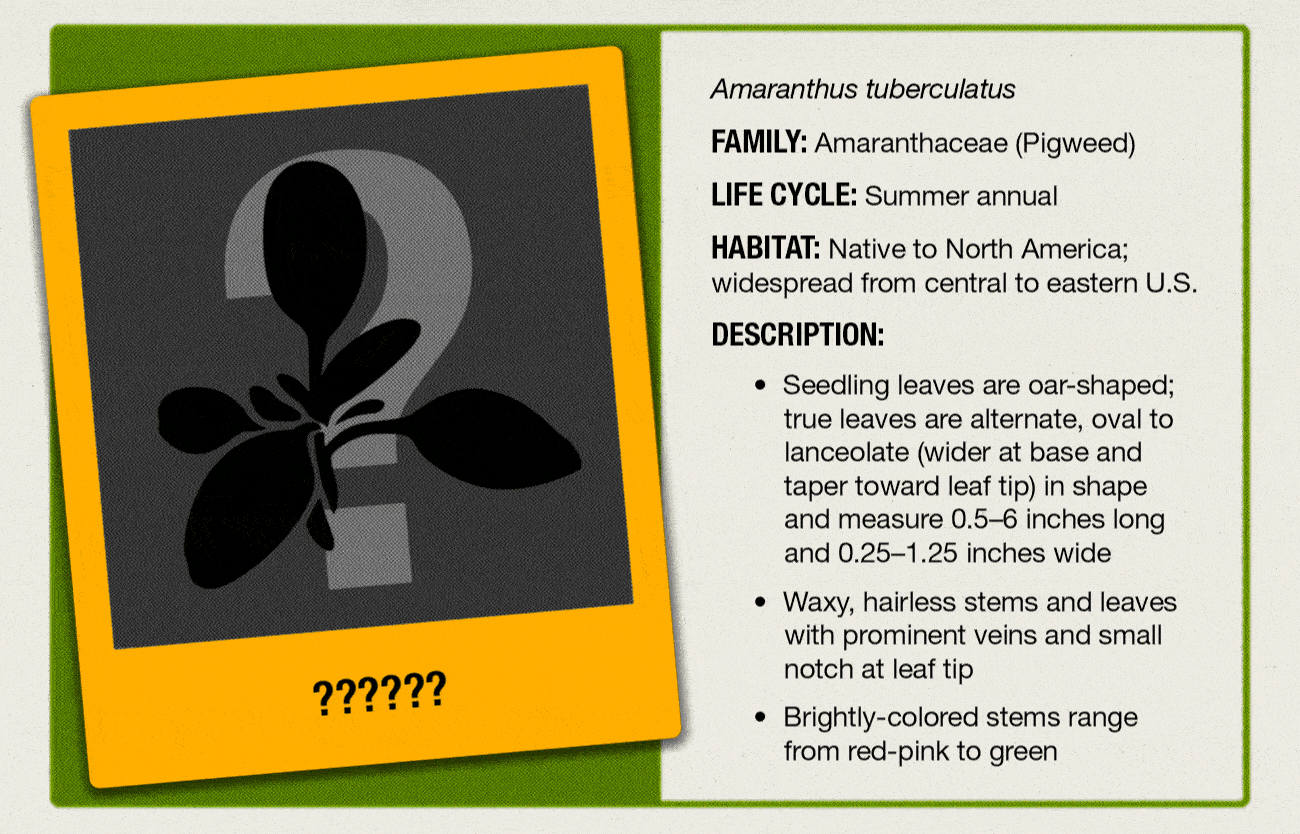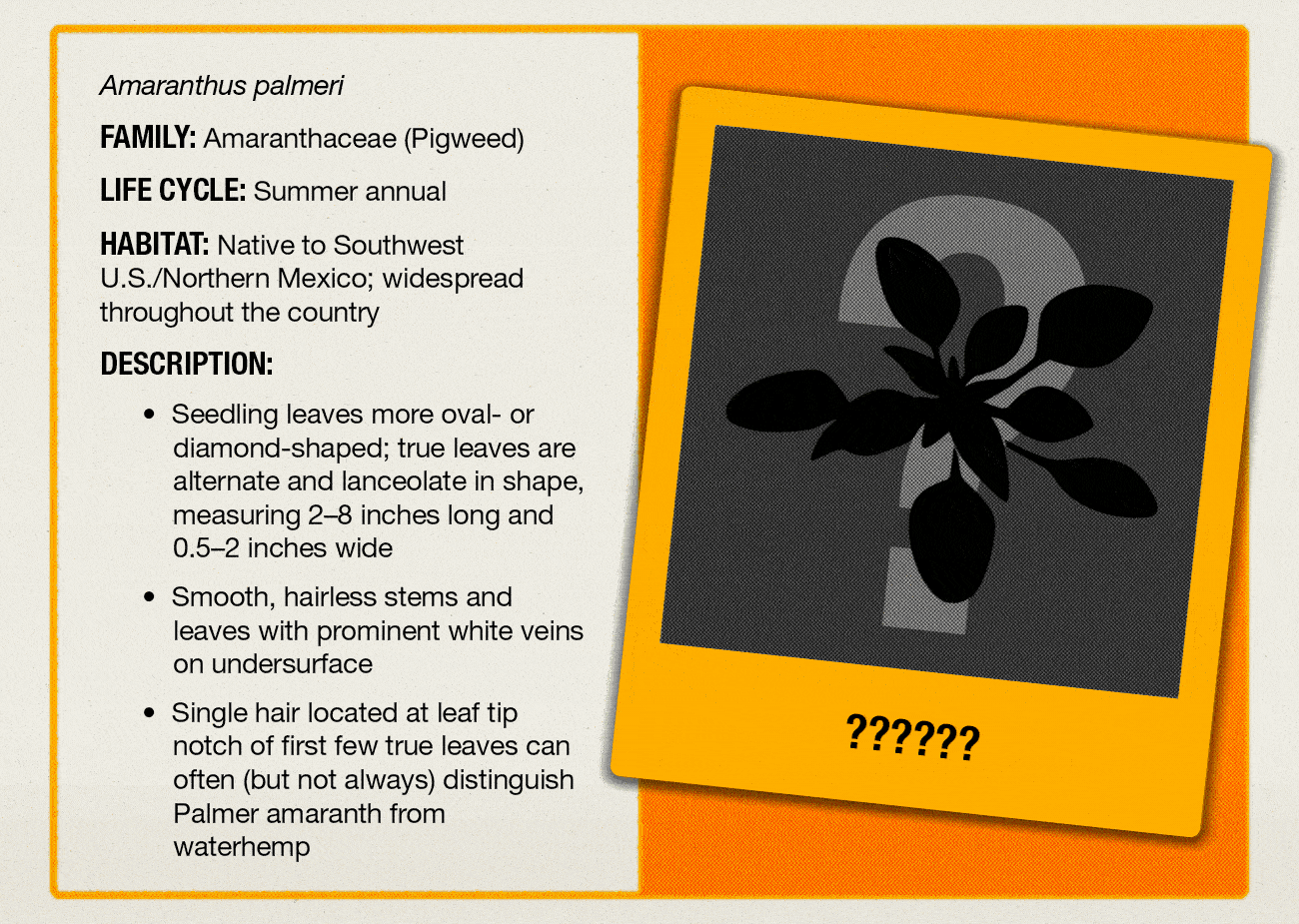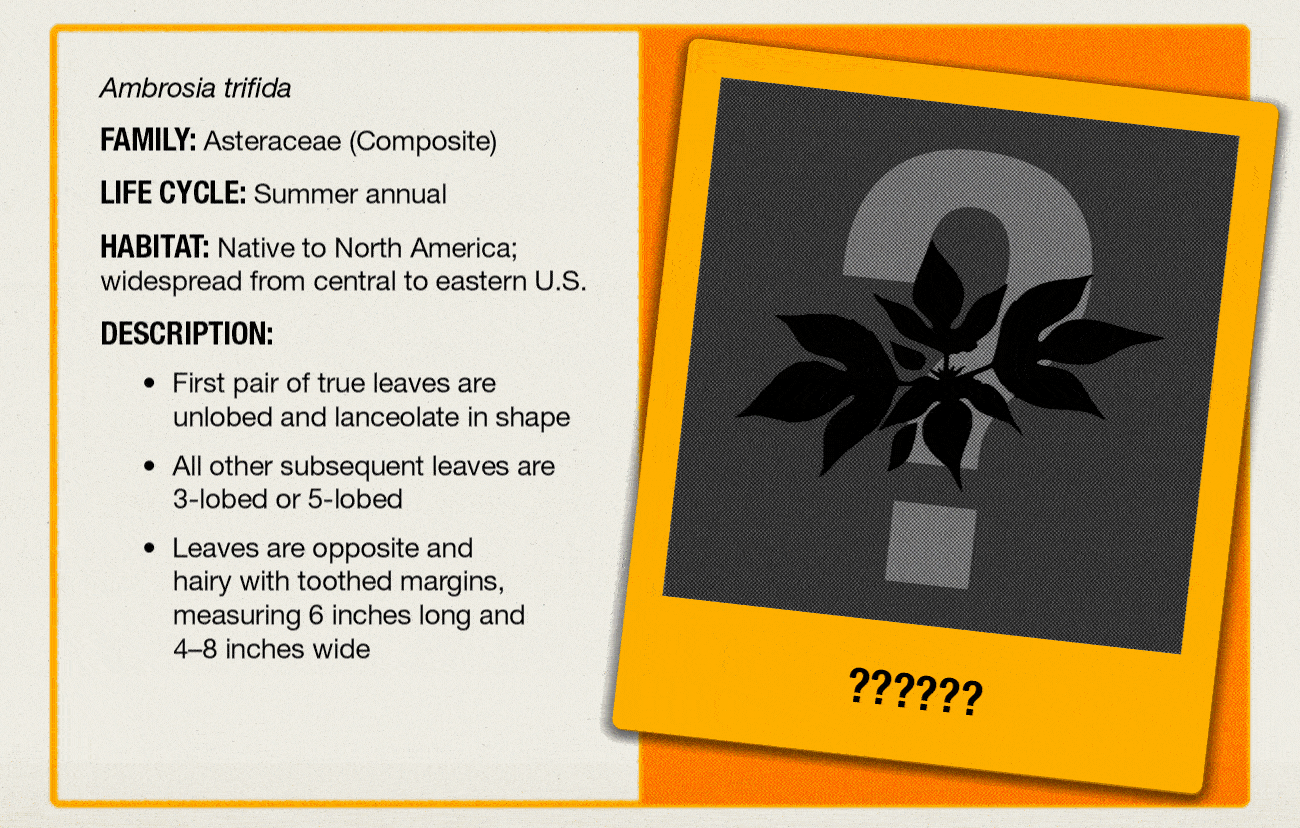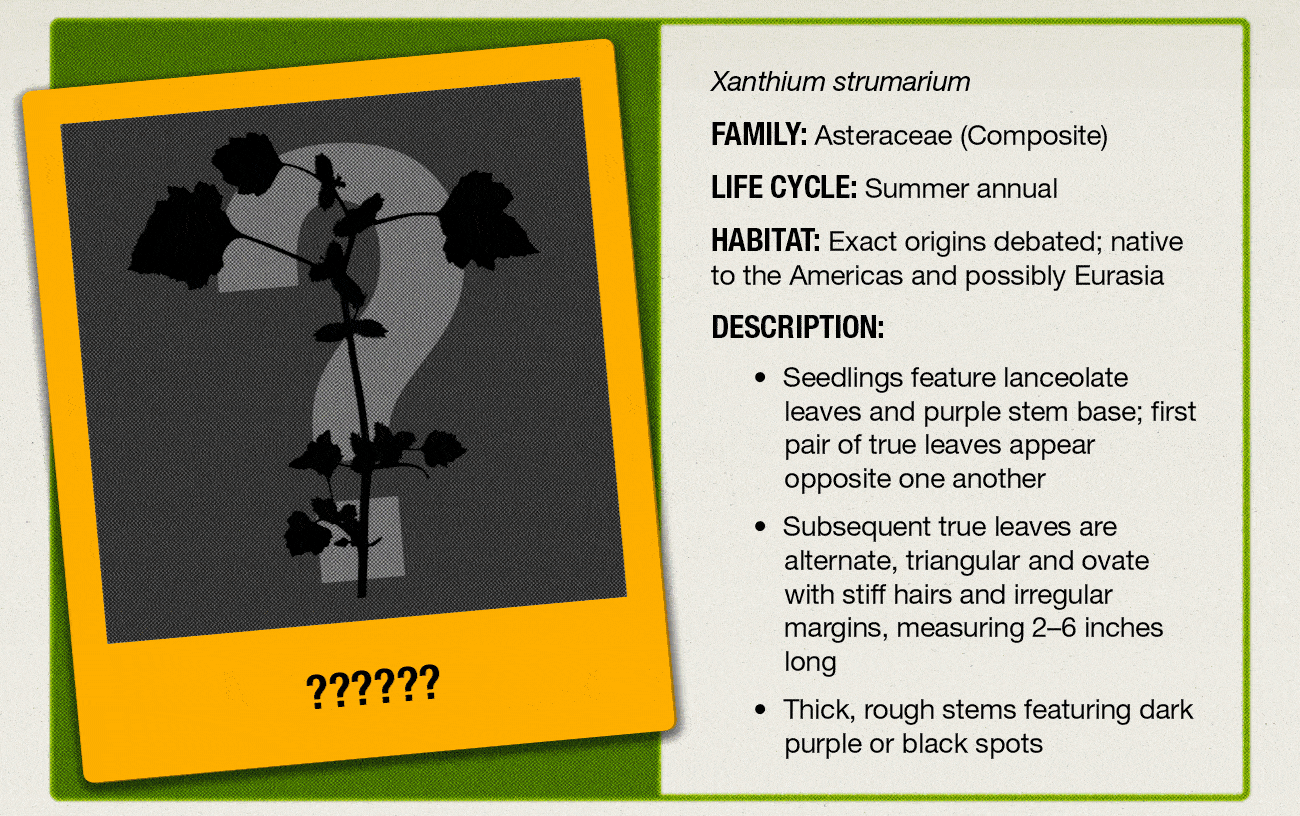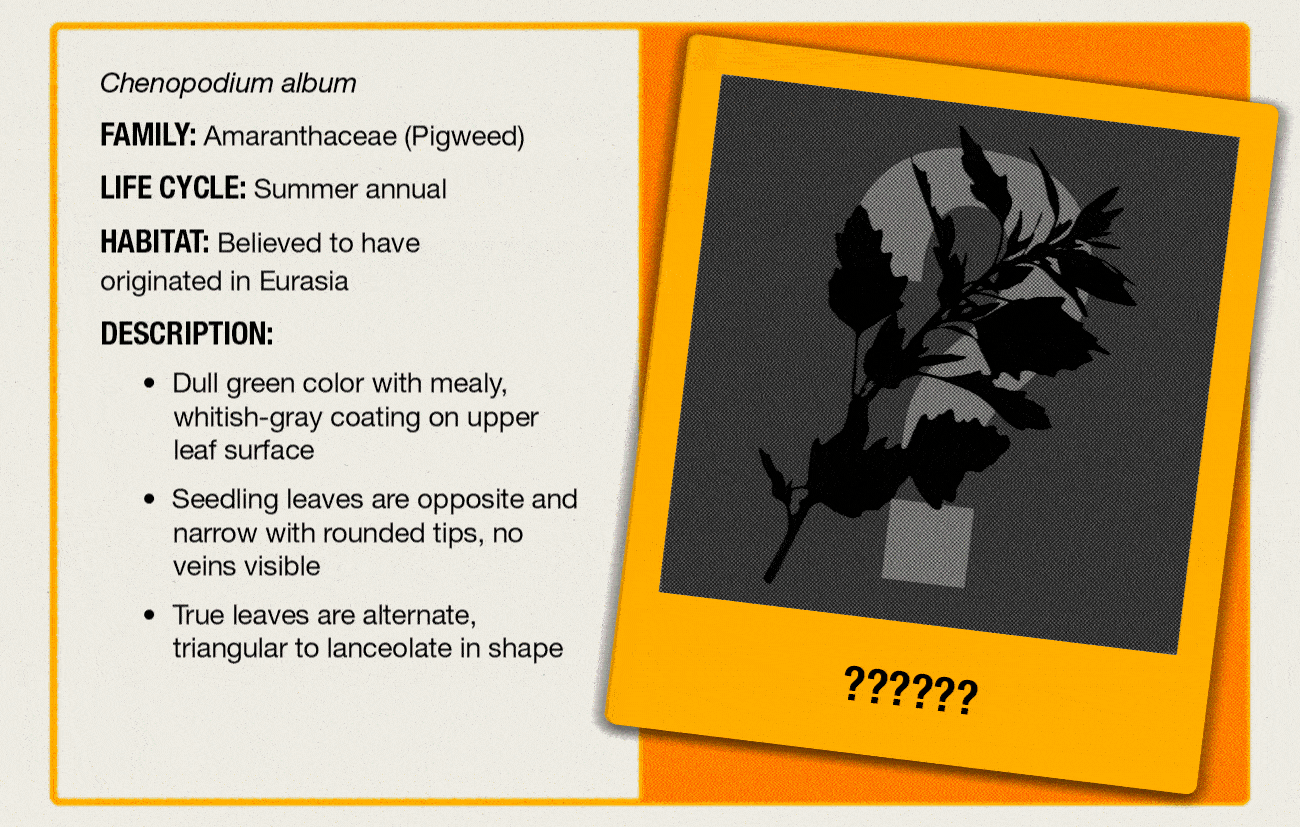As harvest wraps up, now is a good time to review disease pressure in your crop over the season. Some of the most damaging early-season pathogens in pulse crops are Pythium, the pathogen most commonly responsible for seedling blight and root rot. Many species of Pythium in the U.S. can stunt roots and impact plant stands.
Pythium damage in pulse crops can begin as early as germination. Infected fields often have indented, circular patches and uneven plant stands. Belowground, Pythium infections cause discolored roots that appear water-soaked.
Plants affected by Pythium are more susceptible to other diseases, so by the time it takes hold, it is often too late to manage. Pythium alone can cause yield losses up to 84% in pulse crops. Therefore, prevention is critical.
Several management practices can reduce Pythium’s impact in your fields:
- Sanitize: Thoroughly clean and disinfect all surfaces and tools, as Pythium is known to survive in dust particles, planting mediums and soil particles. Additionally, be sure to remove and destroy any infected plant debris.
- Crop rotation: Implement a crop rotation strategy to disrupt the life cycle of Pythium.
- Reevaluate timing and spacing: Good air circulation and minimized pathogen spread can be achieved by keeping adequate space between crops.
- Seed treatments: Planting treated seeds can help the plant focus on growing strong, even stands instead of fighting off early-season diseases like Pythium.
Vayantis® seed treatment helps protect against many known Pythium species in the U.S. It delivers a novel mode of action without cross-resistance to existing chemistries, offers seed safety and is compatible with other seed treatments. Vayantis also helps promote germination, emergence and plant stand uniformity in variable soil types and environmental conditions.
For more information about Vayantis or other early-season disease management recommendations, reach out to your local Syngenta representative or retailer.





